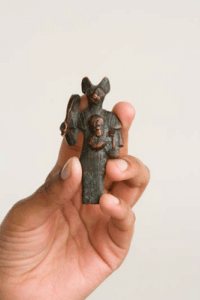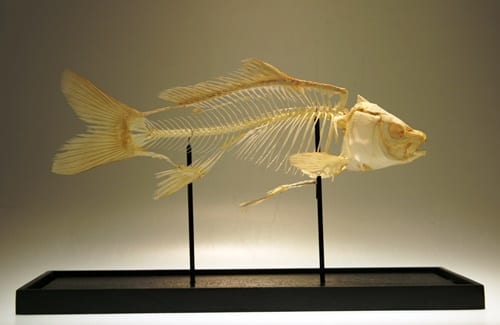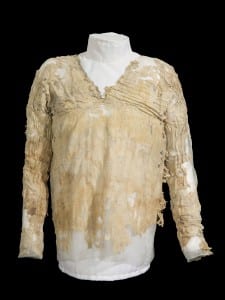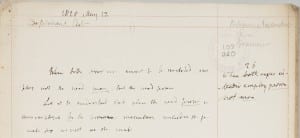
Some of the whale’s backbone, in one of our stores.
This weekend we will be attempting to rebuild our largest specimen – a northern bottle-nosed whale skeleton. And we would like you to help us do it.
The specimen’s story begins in 1860 when it was originally collected in Somerset, when an expedition set off across the Bristol Channel in pursuit of “two great fish” (as they were described by the local newspaper – whales are, of course, mammals) – one of which was brought back to land. After a period “on tour” as a whole carcass, the prepared skeleton was displayed hanging from the ceiling of the Weston Super-Mare Museum. It eventually came to the Grant Museum in 1948, but it had been dismantled into its separate bones. (Its full, remarkable story, including the use of entirely inappropriate whale-murdering equipment, misguided entrepreneurship, rancid carcasses, financial ruin, and the unusual tasks the wife of a 19th century curator might find herself doing, can be read in a previous post).
At over eight metres long in life, different parts of the skeleton have been stored in different cupboards and cabinets across the Museum and its storerooms. (more…)
 Close
Close








